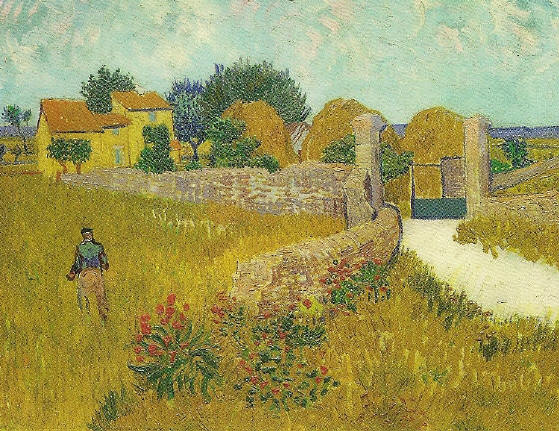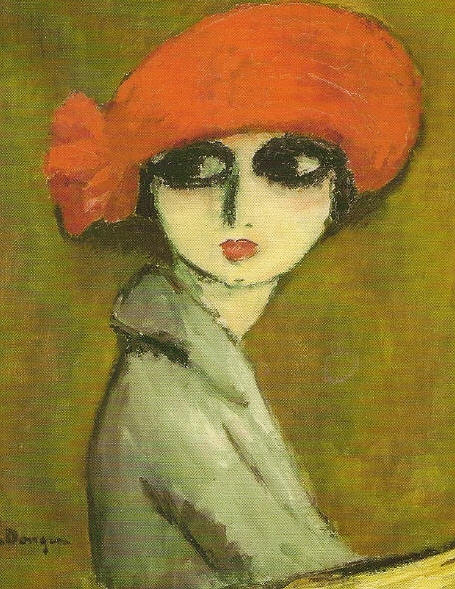Lisha Utt
Frederick County Master Gardener Program
Spring is here and it's time to get those containers planted. Maybe you've tried container gardening before but have not been completely happy with
the results. You've got the basics down, you have a container that is large enough to hold sufficient soil for the roots and has drainage holes. You've used quality potting
soil, fertilized often and watered faithfully. But still not all the plants do well in the container, sometimes the pot looks cramped and sometimes skimpy. And deciding what
colors to put together, well that always feels overwhelming. If this describes you do not be discouraged. You're already off to a great start with the basics, but here are
some ideas and suggestions to help you with the design phase of container gardening.
The first thing to look at is the location of the container. Is it located in the sun or in the shade or maybe some combination of both? All the
plants you select for your containers should like the same growing conditions. For example you would not plant geraniums, sun lovers, with impatiens, shade lovers. If you
have a combination of shade and sun, follow this rule of thumb. For a location with morning sun and afternoon shade, choose more shade loving plants. For a morning shade and
afternoon sun location, look for more sun loving plants.
The next thing to consider is how many plants to select for your container. Because you control their environment, i.e. water, fertilizer, etc. you
are able to plant plants much closer together in containers than you normally would in your garden. So if you have a container 14" in diameter and are planting 4 ½" plants,
you can fit in 5-6 for a full, lush look from the start that will continue to look good all season.
So now you know the type of plants you need, sun vs shade, and how many, let's look at what shapes to choose. Plants come in three basic groups,
upright, fillers/bushy and trailers. For a mixed container you will need plants from each group. Using the 14" container from above, choose the upright plant first. Good
examples of these types of plants include Lantana, Caladiums and Carex Toffee Twist Grass. Next select three filler plants such as Argyranthemum, Heliotrope or Impatiens.
These fillers do not have to be the same. You might want to choose two that are alike and one that is different for added interest. Finally select one to two draping plants
to cascade over the side, like Helichrysum, Million Bells and Ivy.
And finally what about colors? With all the choices available, how do you possibly decide which color flowers to plant? Where do you begin? Well
inspiration can come from anywhere. Let's look inside your home, maybe you have a family room with a burgundy, gold and green palette. Why not consider continuing those
colors out to your patio? Or look to your garden, maybe your deck is surrounded by a pastel colored perennial flower bed. Why not mirror those colors in containers on your
deck? Or maybe you just bought the most beautiful floral print outdoor cushions that you have ever seen. Why not spread those colors around your patio in pots?
These are all great places to look for color ideas but my favorite place to gain inspiration is hanging on the walls of famous art galleries around
the world. What better place to look than the paintings of renowned artists when deciding how to mix and combine colors.
Each year for one of my containers, I select a well-known painting, ideally one I have been lucky enough to see in person, but if not, then in a book
or even on the internet. Then keeping in mind the number of upright, fillers and trailers I need, I choose my flowers to interpret and/or match the colors found in the
painting. It's great fun!
Two of my favorite examples are "The Corn Poppy" by Kees van Dongen and "Farmhouse in Provence" by Vincent van Gogh. The recipes for these collections
are listed below. The Farmhouse collection is perfect for full sun and The Corn Poppy collection will do well in sun/part shade, i.e., a full sun location or one with morning
shade and afternoon sun.

The Farmhouse in Provence - Leather Leaf Sedge Grass, Super Bells Tequila Sunrise, Coleus Sunset, Lobelia Blue, Lantana Dallas Red, Penta Red,
Zonal Geranium Sassy Dark Geranium, Convolvus Blue Casbah, Torenia Summer Wave Blue

The Corn Poppy - Begonia Solenia Velvet Red, Dusty Miller, Geranium, Zonal Sassy Dark Red, Super Bells Red, Sweet Potato Vine Blackie
So wherever you look for inspiration, let yourself go---designing and planting your containers may be the most creative gardening you will do this
spring!
Read other articles on garden and landscape design
Read other articles by Lisha Utt